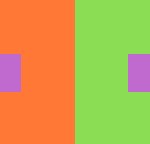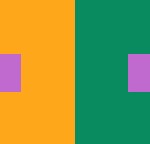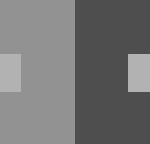Critique
- Present your Paired Color Identities Free-Study (in-progress) with your partner.
- Present your 10 thumbnails, 2 of which should be further developed. See class 24 homework requirements for details.
Project NOTE:
Prof. Rosenblatt indicated that there was some confusion about the personal icon silhouette.
Clarification: You are each creating an unique icon that represents your partner’s personality. Please refer to the project guidelines for details.
- This personal icon should be in silhouette >> Silhouettes from black card became popular in the mid-18th century. They are used in many mediums to give immediate identification or meaning. You may create a silhouette using any graphic, object, or icon.
- Take a look at the artwork of Kara Walker to see how she uses this method to convey meaning in her work.
- Also look at Indonesian Wayang Kulite – Shadow puppetry.
- Research all the different ways silhouette is used in graphic design, theater and art.
Here are a few examples of silhouettes from contemporary artworks at the Pulse Miami 2012 art fair:
LAB
Paired Color Identities Free-Study
- Continue work on Free-Study in class
- Practice good time management. You will present your final work next week. Make this one count!
Homework
Bring to class:
- Finished Paired Color Identities Freestudy.
- ALL PARTS OF ASSIGNMENT #5 ARE DUE!
- Review the Assignment #5 guidelines to be sure you have completed everything.
- SUPPLIES FOR NEXT CLASS: Bring your choice of color study materials: gouache or acrylic paints, colored pencils, cut paper, or a laptop with Photoshop installed.







